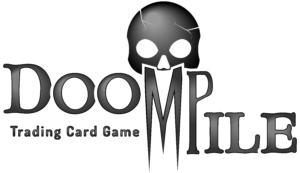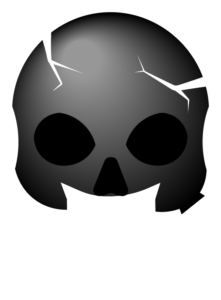Getting Started
How to Win
During deck construction, you select 1 Master Plan to accompany your deck. This serves as your deck’s win goal, and is public knowledge to all players once play begins. Your Master Plan may require you to sacrifice a certain number of your cards, successfully resolve a time-expensive card, or have a specific collection of cards in play. As soon as the conditions written on your Master Plan are met, you win the game!
Over the course of a game, it may become impossible for one or all players to achieve their Master Plan. If a player ends their turn with no cards in countdown and no cards left in their deck, they win!
What You Need
The Play Area
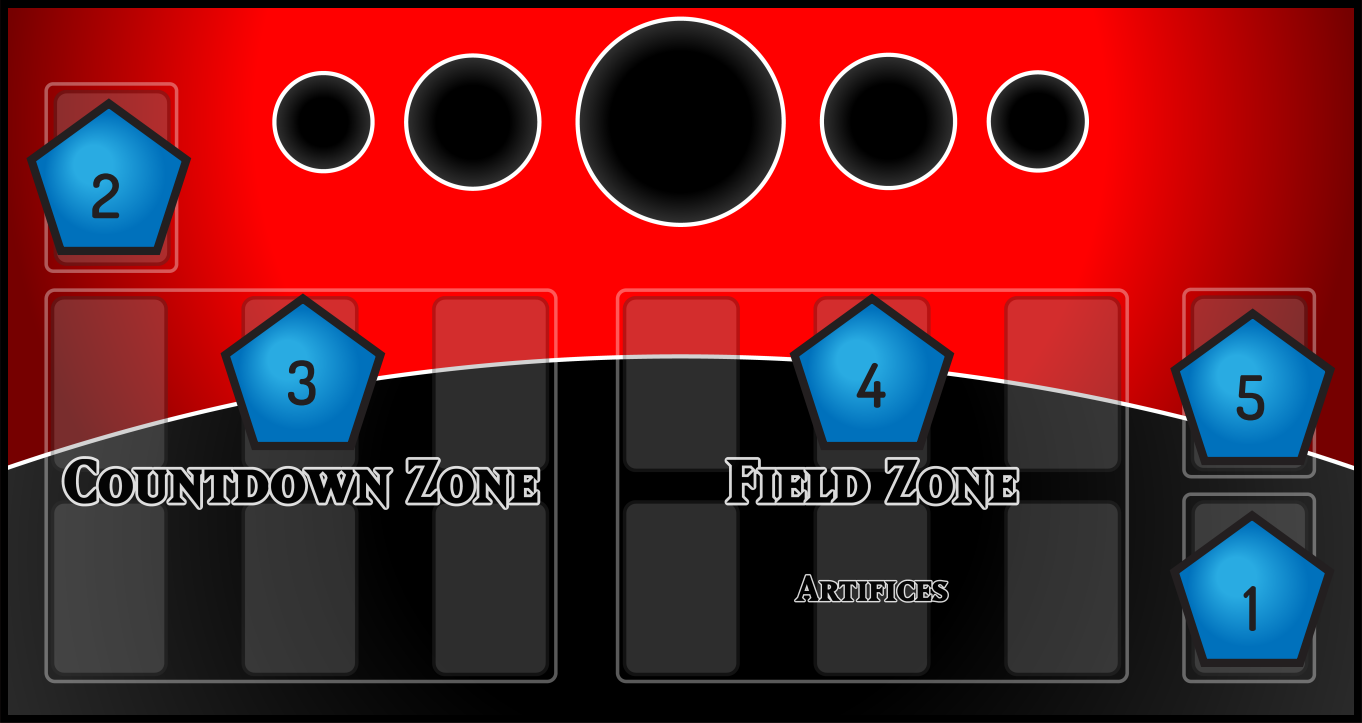
- 1Deck Zone – This is where your deck is kept during play, face-down. You draw cards from here, and add them to your hand. If a card requires you to reveal or search through your deck, you return it here, unshuffled. Unless a card specifies otherwise, you cannot change the order of your deck during a game.
- 2
Master Plan Zone – This is where your Master Plan is kept during play. It must be face-up at all times during gameplay. Before the game begins, it should be kept here, face-down, until all players reveal their Master Plans.
- 3
Countdown Zone – Most cards require you to wait a certain number of turns after playing them before they resolve. During this time, the card is considered “in countdown” and is kept here, face-up, with a Countdown Token or die indicating the number of turns it has left until it resolves. There is no limit to the number of cards you can have in countdown.
- 4
Field Zone – Some cards remain in play after they leave countdown. These cards remain on the field in the Field Zone. They have fully resolved and may have actions they can be used for depending on the type of card. There is no limit to the number of cards you can have on the field.
- 5
Discard Pile – This is where cards go after they leave countdown (unless they go to the Field Zone), or are removed from the Field Zone by some other means. Any card sent here is added face-up to the top of the Discard Pile. Unless a card specifies otherwise, you cannot change the order of your Discard Pile during a game.
Card Types
Master Plan
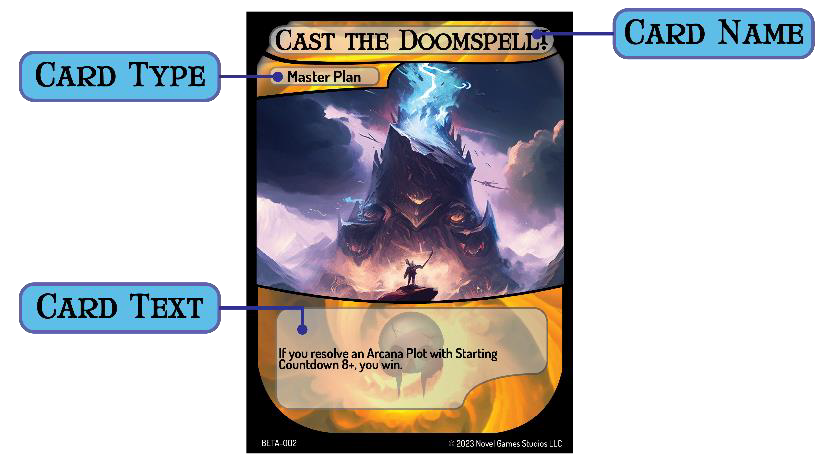
Master Plans are not like normal cards in your deck. Your Master Plan represents the end-goal you are trying to use your deck to achieve, often represented by some manner of taking over, or otherwise destroying, the entire world. Master Plans are kept face-up in the Master Plan Zone during gameplay, so all players can see what the others are trying to work towards and take that into account with how they use the cards in their deck, either to work faster themselves or slow down their opponents. When a Master Plan’s conditions are achieved, its owner wins the game!
Plots

Plot Cards are your standard action cards. They may represent a spell being cast, a punch or kick being thrown, or an event taking place. These are the primary ways you will be trying to protect and achieve your Master Plan, and one of many ways you will interact with your opponents. When a Plot resolves, it is sent face-up to the top of its owner’s Discard Pile.
Minions

Although Doom Pile is about you as the villain concocting a dastardly plan, no villain would get anywhere without some loyal minions to order around. Minion Cards aim to provide support for your Plots, either by making it easier to play them or acting as fodder for any additional costs those Plots may have. Some Master Plans may even require Minions to achieve victory. Minions can also be used to defend your Artifices, or to destroy your opponents.’ When a Minion resolves from countdown, it is placed face-up in the Field Zone and remains there until killed. When it is killed, it is sent face-up to the top of its owner’s Discard Pile.
Artifices
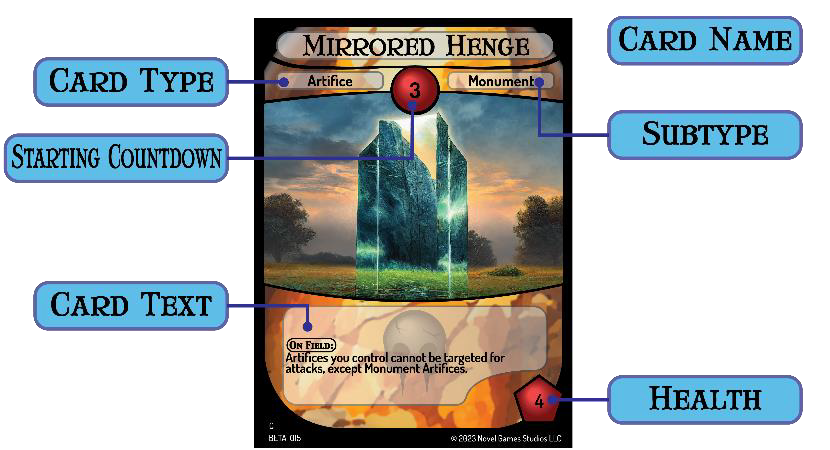
Artifice Cards are another way to support your Plots and achieve your Master Plan. These may represent spellbooks, machines, locations, and more, and provide either continuous or repeatable effects. Some Master Plans may even require Artifices to achieve victory. Artifices can be attacked by your opponents’ Minions, so you may need Minions of your own to defend it. While you control at least one Minion, any Artifices you control cannot be attacked. When an Artifice resolves from countdown, it is placed face-up in the Field Zone and remains there until destroyed. When it is destroyed, it is sent face-up to the top of its owner’s Discard Pile.
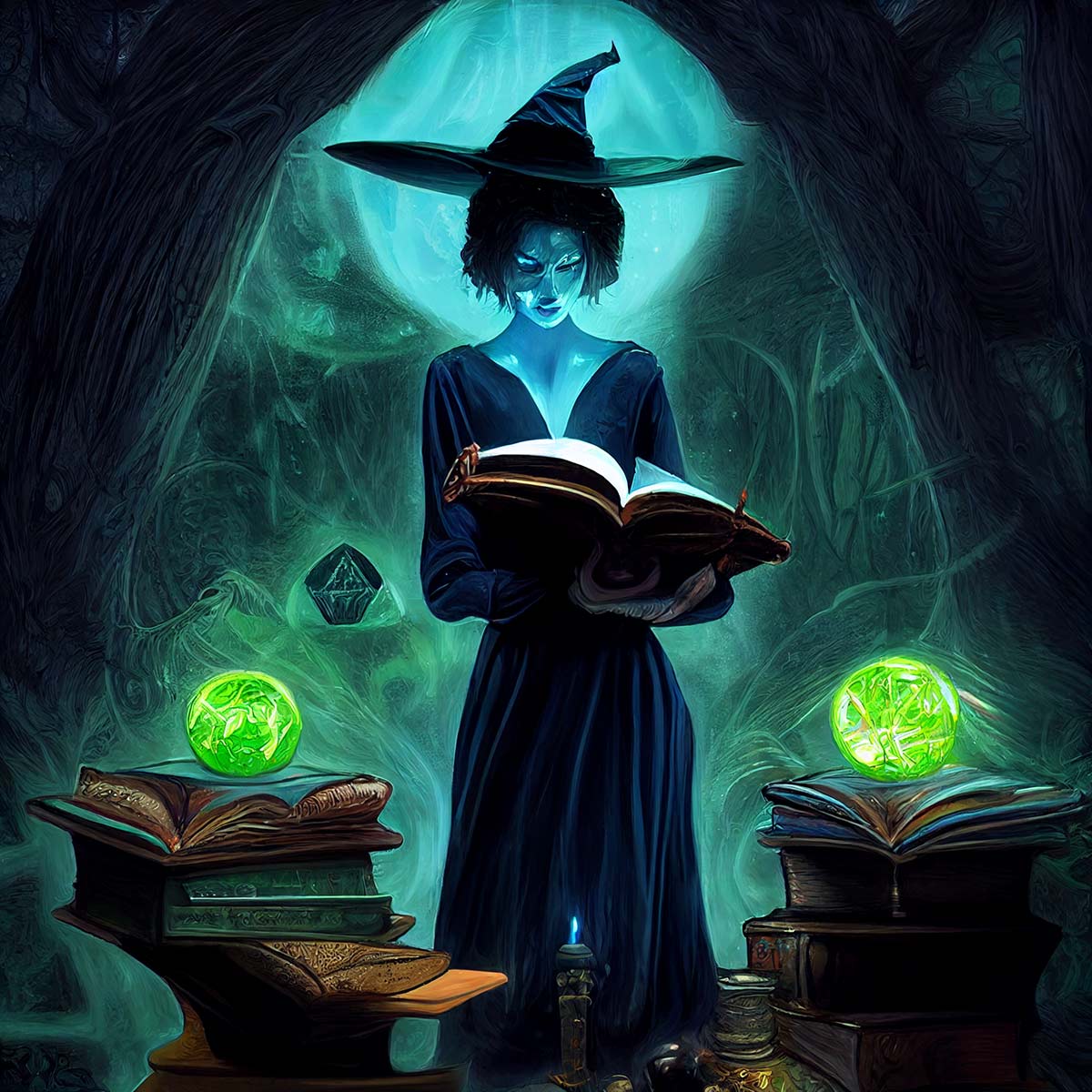
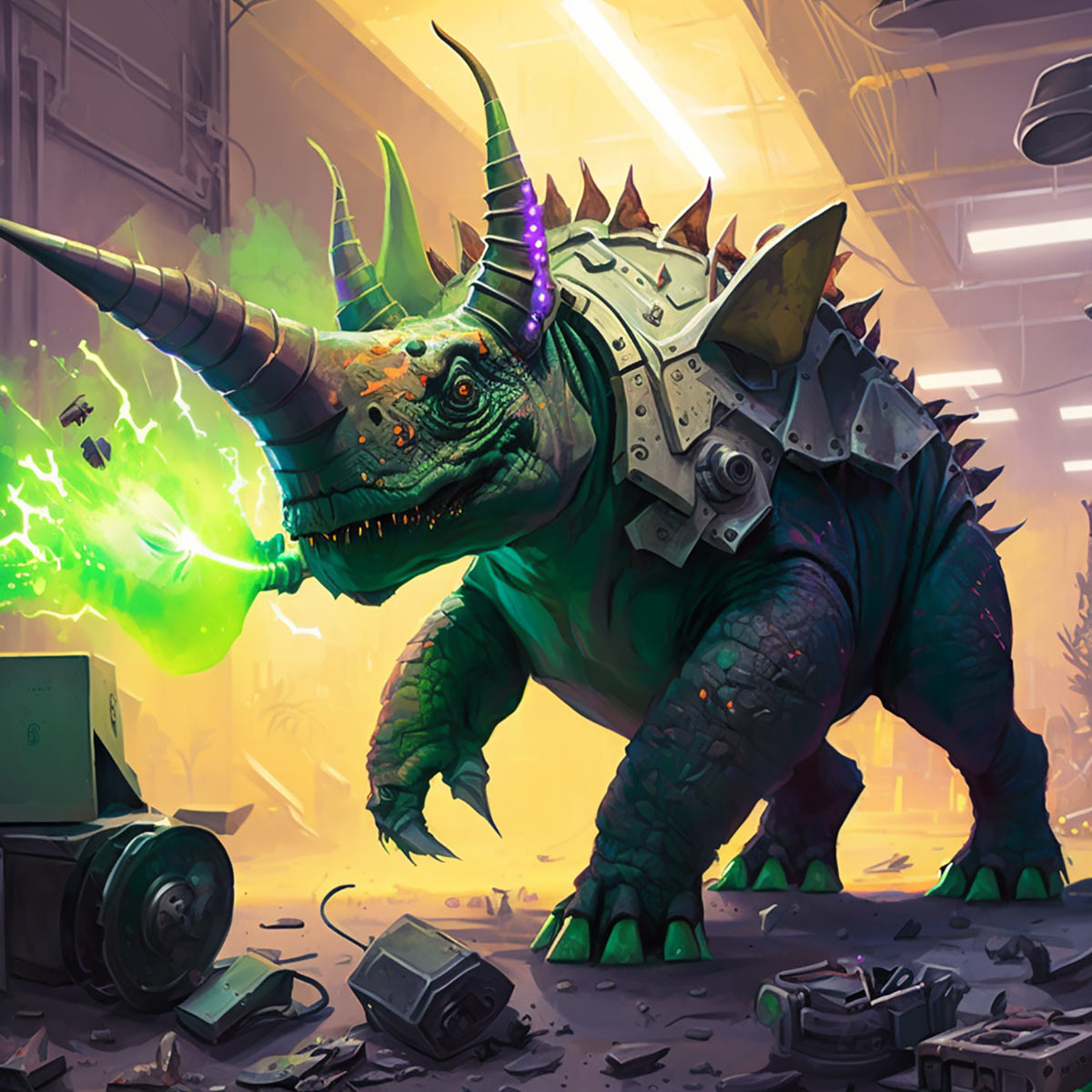
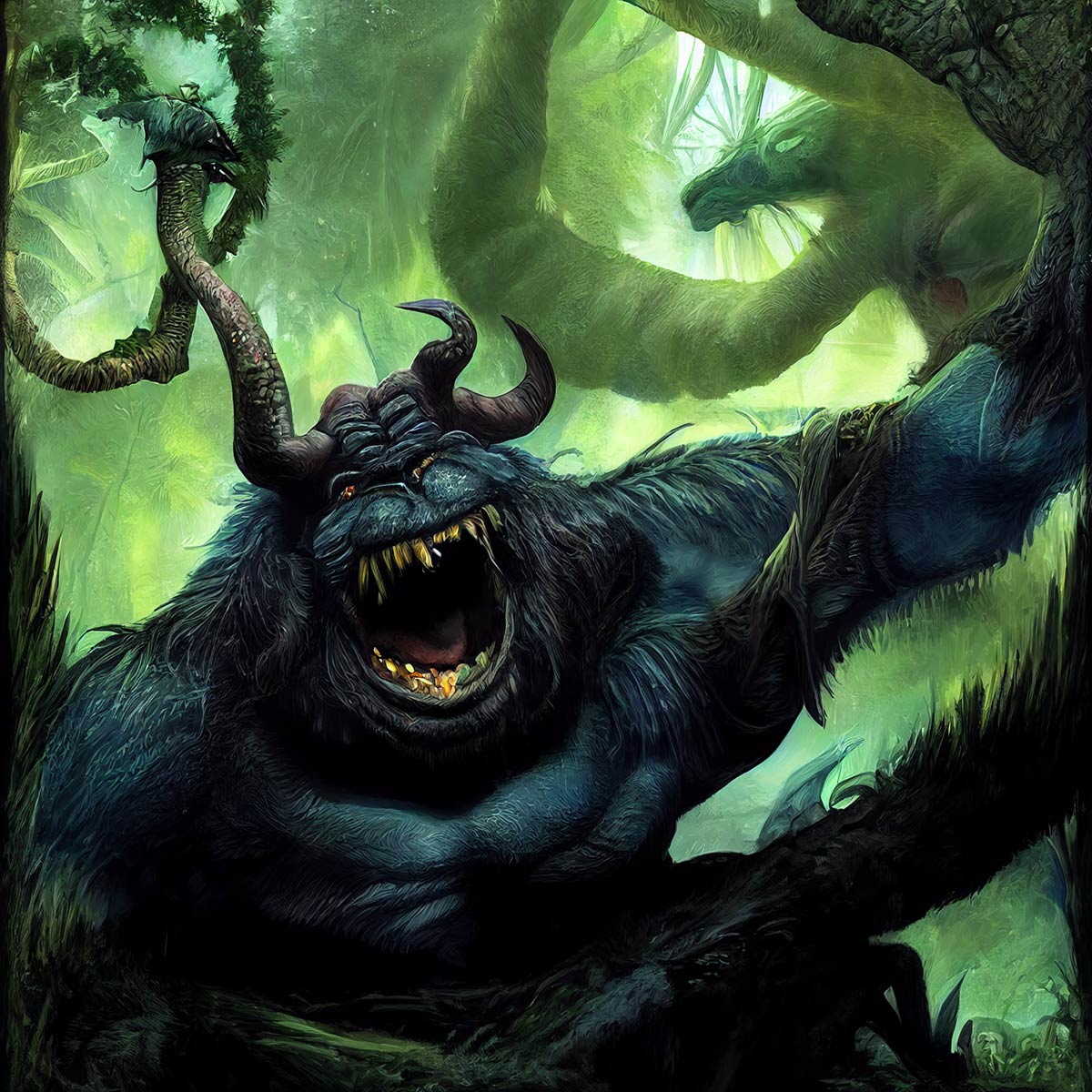
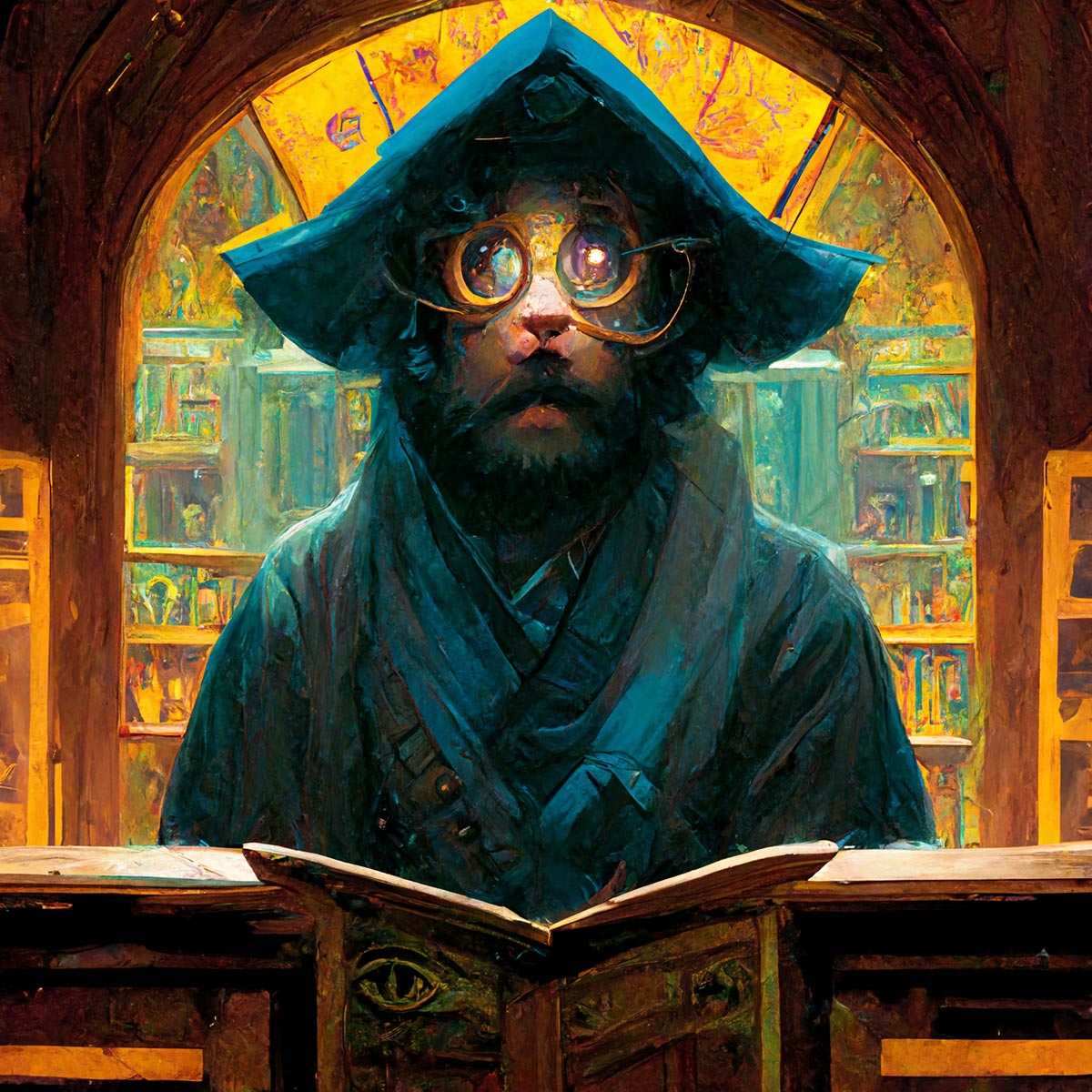
How to Play
A game of Doom Pile can last between 10 minutes to one hour. The game ends when one player’s Master Plan is achieved, or if a player meets an alternative win or loss condition. Often, Doom Pile may be played in a best-of-3 match, consisting of up to 3 games.
Alternate Win Conditions
Instead of a Life score to keep track of, all players have a Master Plan that they are trying to achieve in order to win. However, over the course of the game, one or all players may become unable to achieve their Master Plan’s condition. You can also win the game if you end your turn with no cards left in your deck and no cards currently in countdown. There is no penalty for attempting to draw while you have no cards left in your deck, nor for having no cards in countdown while you still have cards in your deck.
Preparing to play
Before gameplay begins, each player “stacks their deck” by putting all 30 cards of their deck in any order they choose. This is done before players know what their opponents’ Master Plans are. This process should not take longer than 5-10 minutes. In an official tournament, your deck may need to be stacked and ready to play before the start of the round. Once you have placed your deck face-down in your Deck Zone, its order cannot be changed for the rest of the game, except by a card effect.
After all players have placed their decks face-down in their Deck Zone, all players reveal their Master Plans to each other and place them face-up in their Master Plan Zone.
Randomly determine which player will go first, such as by rolling a die. All players draw 5 cards as their starting hand, and then the chosen player begins their first turn.
Turn Structure
Each player’s turn is divided into the following phases.
